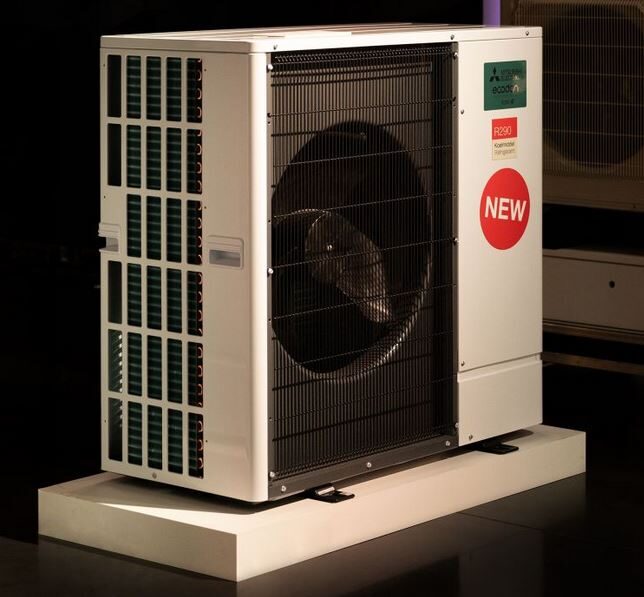From pv magazine, September 2019
The technological advances that Li-ion batteries have gone through in the past decade are monumental. Lithium nickel manganese cobalt oxide (NMC), lithium nickel cobalt aluminum (NCA) and lithium iron phosphate (LFP) batteries have become the leading technologies due to improved energy density and lower cobalt requirements. While new battery technologies are crucial in enabling new end-market applications, concerns from the automotive and power industries over their safety have grown. Over the past five months, IHS Markit has noted more than six EV battery fires, mainly in China and the United States, with various technical failures identified.
Prevention mechanisms can be designed into a system at three levels to reduce the likelihood and impact of thermal runaway in EVs: cell-to-cell, module-to-module, and the whole pack. In response to recent incidents, Tesla has rolled out a software update for two of its models to improve battery safety and longevity through a revision of charge and thermal-management settings. Additional precautions include limiting the maximum speed and implementing a “cut loop” to deactivate most of the high-voltage connections in a vehicle in an emergency. Safety is also a focus for the development of next-generation battery technologies, where innovations tend to focus on improving safety pertaining to battery electrolytes.
Not every EV fire incident is the result of a battery design failure – an electric car crash and a combustion engine car crash can both lead to fire incidents, after all. Thus, while battery safety continues to be a concern for consumers, IHS Markit predicts that sales will continue to rise quickly over the coming years, and annual demand for Li-ion batteries from the automotive and transport industry is forecast to reach over 700 GWh in 2025.
Stationary storage
Stationary battery systems installed on the grid, with generation assets or at customer sites, have historically been considered safe. Over the past 18 months, several major fires – 21 of those occurring in South Korea – have raised concerns. A five-month investigation by Korean authorities, concluded in June 2019, identified the root cause of the fires as not being the batteries themselves, but poor installation and operation of systems.
While concerns in the residential sector were addressed in the early stages of market development, stricter installation and fire safety standards for larger systems are being accelerated. In South Korea new manufacturing, installation, operational and fire safety standards are to be rolled out by the end of 2019. In the United States, the Energy Storage Association launched its Energy Storage Industry Corporate Responsibility Initiative. Many leading stakeholders in the market have committed to developing best practices for potential operational hazard prevention, end-of-life recycling, and responsible supply-chain practices.
IHS Markit does not observe a significant impact on growth to date, outside of the South Korean market, where installations were halted for the period of the investigation. However, going forward it will be crucial that fire safety standards strike a balance between ensuring safe operation and not increasing system costs to prohibitive levels.
Julian Jansen and Youmin Rong
The views and opinions expressed in this article are the author’s own, and do not necessarily reflect those held by pv magazine.
This content is protected by copyright and may not be reused. If you want to cooperate with us and would like to reuse some of our content, please contact: editors@pv-magazine.com.



1 comment
By submitting this form you agree to pv magazine using your data for the purposes of publishing your comment.
Your personal data will only be disclosed or otherwise transmitted to third parties for the purposes of spam filtering or if this is necessary for technical maintenance of the website. Any other transfer to third parties will not take place unless this is justified on the basis of applicable data protection regulations or if pv magazine is legally obliged to do so.
You may revoke this consent at any time with effect for the future, in which case your personal data will be deleted immediately. Otherwise, your data will be deleted if pv magazine has processed your request or the purpose of data storage is fulfilled.
Further information on data privacy can be found in our Data Protection Policy.